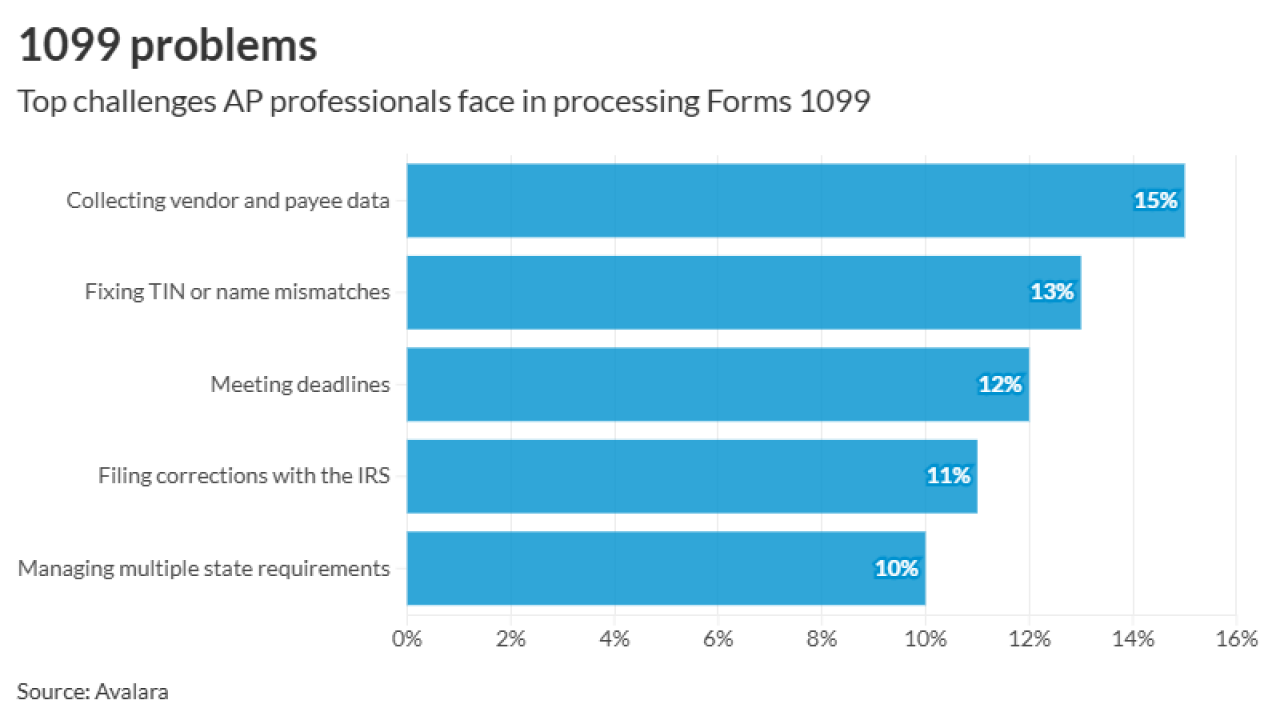Financial restatements can prompt similar companies to misstate their own earnings, according to a new study.
The authors—Simi Kedia of Rutgers University Business School, Kevin Koh of Nanyang Business School in Singapore and Shivaram Rajgopal of Columbia University Business School—believe their study to be “the first to document that peer firms begin managing earnings after an earnings restatement is announced by target firms in their industry or in their metropolitan statistical area.” The study, entitled "Evidence on Contagion in Earnings Management,” will be published in the November issue of the American Accounting Association journal The Accounting Review.
Restatements appear to provide something akin to a learning opportunity for peer companies, the study suggests. “A pattern we saw frequently was for peer firms to follow the lead of announcement companies in what they misreported and how they misreported it,” said Rajgopal. “Thus, if an announcing firm misstates revenues, peers commonly do the same—and so on with other ploys, whether they involve expense accounts or inventory or something else. In a sense, restatements serve as handbooks of trickery.”
Terming this spread of misconduct a “public contagion,” the researchers distinguish it from what they call “contemporaneous adoption of earnings management.” Asked for an example of public contagion among the companies included in the study, Prof. Koh cited the case of America Service Group Inc., a large health care provider that restated its earnings after revealing manipulation of almost $2.5 million over the course of five years. Within two and a half months of this restatement, three companies in the same industry began to manage earnings, according to starting dates specified in subsequent restatements of their own: Metropolitan Health Network Services, Hooper Holmes Inc., and AMN Healthcare Services Inc.
“Of course, where just a few firms are involved, the link may be coincidental,” Koh said. “But for our sample as a whole, consisting of thousands of firms, the chance that the public contagion we have documented was just a coincidence is extremely slim.”
However, the tendency of companies to imitate publicly announced misreporting could sometimes be thwarted, the study found, particularly when the restatement announcements were accompanied by SEC enforcement actions or class-action litigation.
In the course of the 12-year period covered by the study, "contagion both at the industry and the MSA level disappears in the three-year period following the passage of the Sarbanes-Oxley law of 2002, presumably because of the implementation of a stricter regulatory framework...Interestingly, there is some evidence that industry-level contagion reappears in the 2005-08 period. We conjecture that questionable reporting practices resurface after the initial sting associated with the post-SOX regulatory regime has abated.”
“Painful though restatements are, they regularly fail to deter other firms from misreporting unless they face the prospect of additional pain at the hands of regulators or litigants or a heightened fear of being caught that evidently existed in the years following the passage of Sarbanes-Oxley,” said Rajgopal.
The paper's findings emerge from an analysis of restatements in a large database of companies during the 12 years from 1997 through 2008. Restatements or their absence were examined firm by firm, year by year, with the data totaling 57,288 firm-years. Unusual though formal restatements are, the number of firms that issued revisions to correct income overstatements totaled 2,376.
Overall, the professors found the onset of companies' earnings manipulation to be strongly related to the percentage of firms in the same industry or the same locality that had announced restatements during the prior 12 months. But there was no significant relationship found in analysis limited to the three-year period following enactment of Sarbanes-Oxley or in cases where prior restatements spurred SEC investigations or class-action lawsuits. In addition, no contagion was found from the most severe misstatements, as such cases, the study notes, “seem to elicit a ‘we would never do that’ response from peer firms.”
The authors see their paper as being of potential value to regulators through its explanation of “the channels through which earnings management spreads.” Since the SEC investigates only a fraction of restating firms, they observe, “it is crucial that the firms they do target deter other errant firms…The variation in contagion by the severity of restatements as well as the characteristics of the restating firms point to the potential for enforcement agents to tailor their efforts to mitigate contagion more effectively.”
“Our study should resonate with all those involved in overseeing corporate financial reporting, whether as regulators, auditors, or corporate directors,” said Rajgopal. “Hopefully, it will also prompt some serious thinking about why the SEC budget has remained as flat as it has. Just as tax collectors calculate a tax gap—the difference between what is collected and what should be collected—maybe the SEC ought to promulgate a fraud gap—the difference between what firms are reporting and what they should be reporting – to emphasize the high priority deterrence ought to have.”





